Another Japanese Maple died
mike415
19 years ago
Related Stories

TREES11 Japanese Maples for Breathtaking Color and Form
With such a wide range to choose from, there’s a beautiful Japanese maple to suit almost any setting
Full Story
GARDENING GUIDES12 Japanese Maples for a Sunny Garden
The right maple in the right place shines in hot summer sun
Full Story
TREESGreat Design Plant: Coral Bark Japanese Maple, a Winter Standout
Go for garden gusto during the chilly season with the fiery red stems of this unusual Japanese maple
Full Story
GARDENING GUIDES13 Japanese Maples for Shade
A surprising variety of these understory trees is waiting to make a statement in your shade garden
Full Story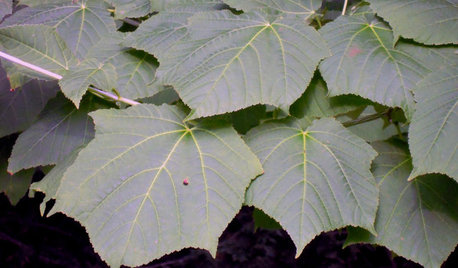
GARDENING GUIDES5 Amazing Small Maple Trees
There's more to maples than syrup. Expand your maple milieu with any of these 5 small and unusual trees
Full Story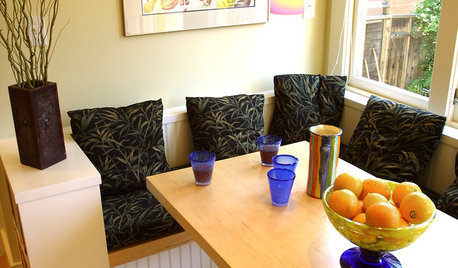
MATERIALSWoodipedia: Maple Is a Marvel Around the House
A heavy hardwood with lots of potential, maple appeals to modern sensibilities and won't break your budget
Full Story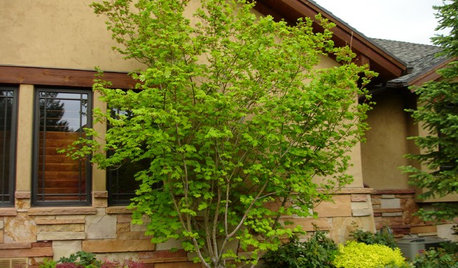
LANDSCAPE DESIGNGreat Design Plant: Vine Maple
Exciting year-round color and adaptability make this highly ornamental native small tree a top choice for home gardens
Full Story
GROUND COVERSNative Alternatives to English Ivy, Japanese Pachysandra and Periwinkle
These shade-loving ground covers are good for the environment and say something about where you are
Full Story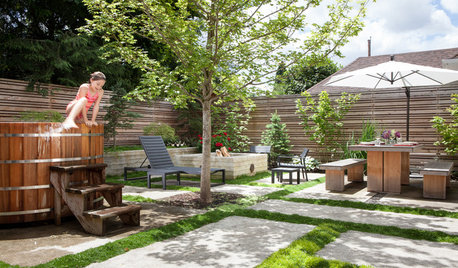
PATIOSBackyard Ideas: Writer's Studio and a Japanese-Inspired Garden
A nearby Japanese garden inspires a feature-packed backyard and studio for a work-from-home Portland writer
Full Story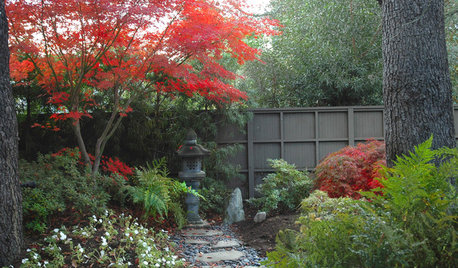
LANDSCAPE DESIGNLay of the Landscape: Create the Beauty of a Japanese Garden
Balance, enclosures and the forms of nature combine in serene Japanese garden design. Bring the look home with some of these principles
Full Story





george_in_the_uk
jeepster
Related Professionals
Ballenger Creek Landscape Architects & Landscape Designers · Woburn Landscape Contractors · Aloha Landscape Contractors · Athens Landscape Contractors · Long Branch Landscape Contractors · Natick Landscape Contractors · Parker Landscape Contractors · Salem Landscape Contractors · Streamwood Landscape Contractors · Waltham Landscape Contractors · Elkridge Decks, Patios & Outdoor Enclosures · Hull Decks, Patios & Outdoor Enclosures · Liberty Decks, Patios & Outdoor Enclosures · Markham Decks, Patios & Outdoor Enclosures · South Lyon Decks, Patios & Outdoor Enclosuresrkburgess
Ron_B
mike415Original Author
crashboxsus
mrlee
nandina
Ron_B
mark_rockwell
chicky
Embothrium
harrycb
rajbakhale
rajbakhale